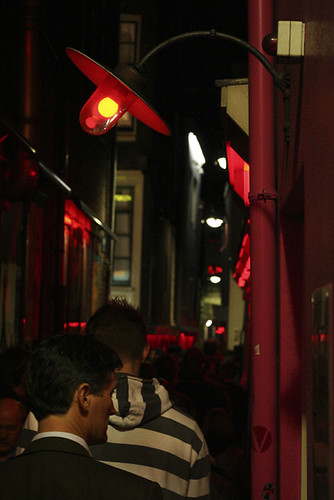He who planted the ear, shall He not hear? He who formed the eye, shall He not see?
Psalm 94:9 (NKJV)
It seems strange that our eyes, spheres of tissue and pressurized liquids, can allow for the transfer of reflected rays of light from the world around us into an image that we are able to see, process, and sometimes understand. Without sight, to say the least it would be hard to process much that occurs in our surroundings.
The first place that light enters the eye is through the cornea, which bends surrounding light into the eye (Seymour). The colored part of our eyes is known as the Iris, while the opening at the center of the iris is identified as the pupil. In dark conditions, the Iris will relax, allowing the pupil to increase in size and thus become more sensitive to the little amount of light that is available. When more light is present, the iris will contract, thus decreasing the size of the pupil, therefore limiting the amount of light that is allowed to enter the eye. Once it has passed through the pupil, the remaining light travels through the lens, which is the consistency of a hard jelly. To bring objects into focus, ciliary muscles surrounding the lens contract to make the focal length of the lens thicker, and relax to make it thinner (Burnie).
Once light has passed through the lens of the eye, it travels through the vitreous humor (the liquid material that fills the eye) and is projected onto the retina, which is basically the back surface on the inside of the eyeball, which is full of light-sensitive nerve endings, identified as either cones or rods. Rod cells are sensitive to shades of brightness, and are helpful in seeing in black and white. They are most useful in low light conditions. Cone cells function best in bright circumstances, and enable us to view colors. Most cones are concentrated around the center of the retina, while most of the rods exist on the periphery of the retina. Each rod and cone is connected to the brain through it’s own individual nerve. All the nerves connected to the rods and cones in the retina come together to form what is known as the optical nerve. As light strikes the different rods and cones in the retina, they transmit signals of an image to the brain through minute electronic signals (Seymour). The information sent to the brain by each individual rod and cone is then processed by the brain to compose an image. Originally, this image is upside down, but the brain is able to analyze the signal and reverse it into its proper form, as it exists in reality.
Perhaps God gave us these tools because He had (has, will have) something to communicate to us, that He wanted us to more fully understand. Do we chose to live with our eyes shut, covered, averted, or are we willing to make ourselves vulnerable to the visions of need in the world in which we are placed?
Sources:
(Burnie, David. Light. Dorling Kindersley Limited. 1999.)
(Simon, Seymour. Eyes and Ears. Harper Collins. 2003.)

 To buy "Sex + Money: A Global Search For Human Worth," please click below. The $20 cost includes the book, and shipping to your current location (within the U.S.).
PayPal is a safe and secure online payment method. Visit
To buy "Sex + Money: A Global Search For Human Worth," please click below. The $20 cost includes the book, and shipping to your current location (within the U.S.).
PayPal is a safe and secure online payment method. Visit 




No comments:
Post a Comment